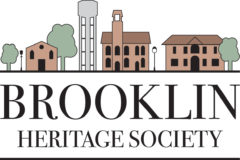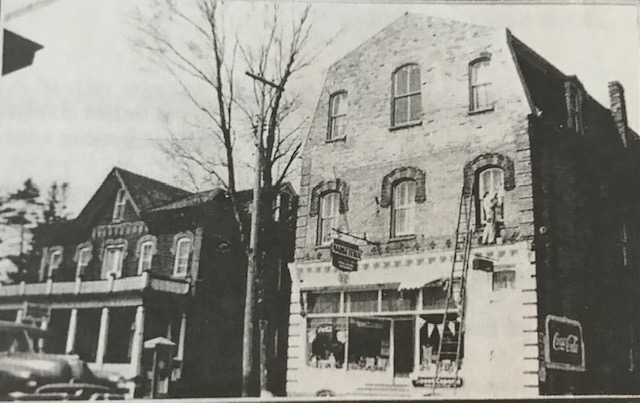The home of the Whitby Dance Academy at 58 Baldwin Street was once known as the Balfour Building. Since its construction in 1878, it’s been a cornerstone of Brooklin’s history. Built for prominent merchant Robert Balfour (1848–1898), it became a central hub for local commerce, not only
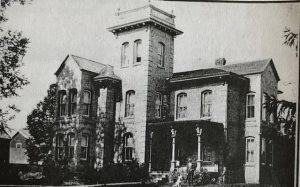
providing goods and services to the community but also playing a significant role in the economic development of Brooklin. At the time, it was the largest store in the village, showcasing impressive brick arches above the windows and doors that combined structural integrity with visual appeal. Immediately north of the store, Balfour built his two-story brick home which was demolished in 1995.
Various owners
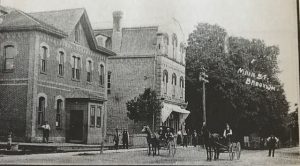 Thomas J. Holliday, William Holliday, William Lawrence, Fred Ormiston, artist and sign painter Harry Lade and his son, butcher Arthur Cook. Merchants Wes Piatti, and Fred Brown (Brown’s Marketeria) both occupied the building at separate times during the 1950s and early 1960s. Another business, Kennedy’s, was in operation there around the same time. In the mid-1960s, Mrs. Bibeau and her mother, who both lived on Way Street, operated a Stedmans store at the location, then Brooklin Pro Hardware, followed by The Video Image.
Thomas J. Holliday, William Holliday, William Lawrence, Fred Ormiston, artist and sign painter Harry Lade and his son, butcher Arthur Cook. Merchants Wes Piatti, and Fred Brown (Brown’s Marketeria) both occupied the building at separate times during the 1950s and early 1960s. Another business, Kennedy’s, was in operation there around the same time. In the mid-1960s, Mrs. Bibeau and her mother, who both lived on Way Street, operated a Stedmans store at the location, then Brooklin Pro Hardware, followed by The Video Image.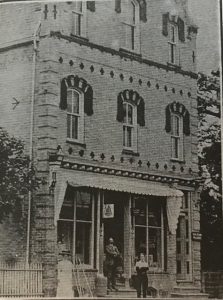 Heritage Register, which includes both designated and non-designated properties of cultural heritage value. This district designation, enacted in 2008, aims to preserve the unique heritage character of Brooklin’s main street and surrounding areas. While the Balfour Building itself may not have an individual designation date, its inclusion in the Brooklin Heritage Conservation District provides it with heritage protection under the Ontario Heritage Act. Today, it reflects Brooklin’s deeply rooted commercial heritage with the architectural style and community spirit of the late 19th century.
Heritage Register, which includes both designated and non-designated properties of cultural heritage value. This district designation, enacted in 2008, aims to preserve the unique heritage character of Brooklin’s main street and surrounding areas. While the Balfour Building itself may not have an individual designation date, its inclusion in the Brooklin Heritage Conservation District provides it with heritage protection under the Ontario Heritage Act. Today, it reflects Brooklin’s deeply rooted commercial heritage with the architectural style and community spirit of the late 19th century.